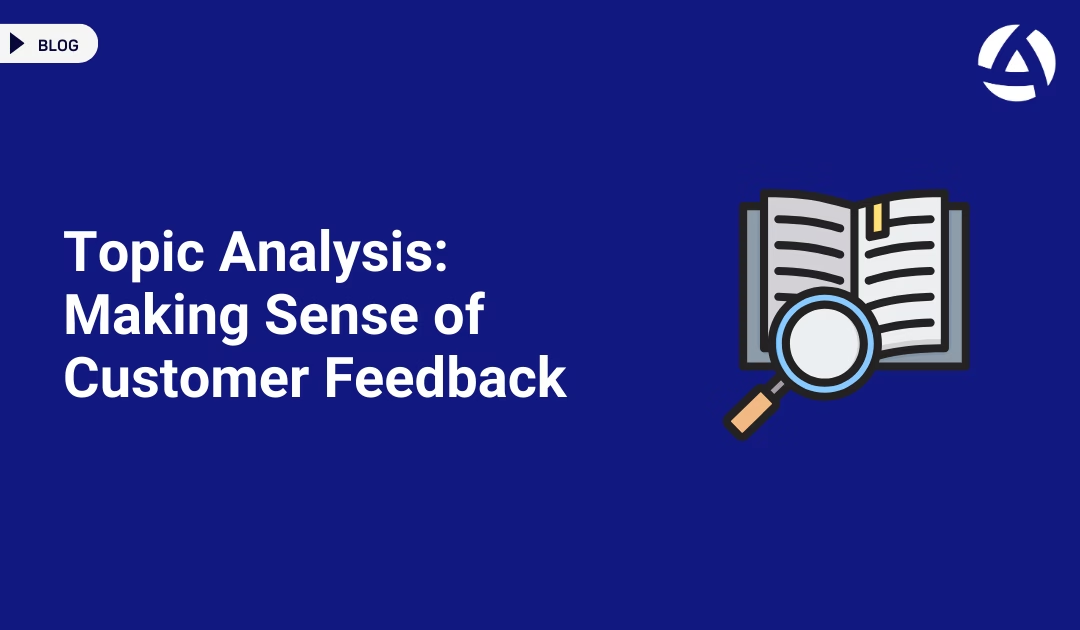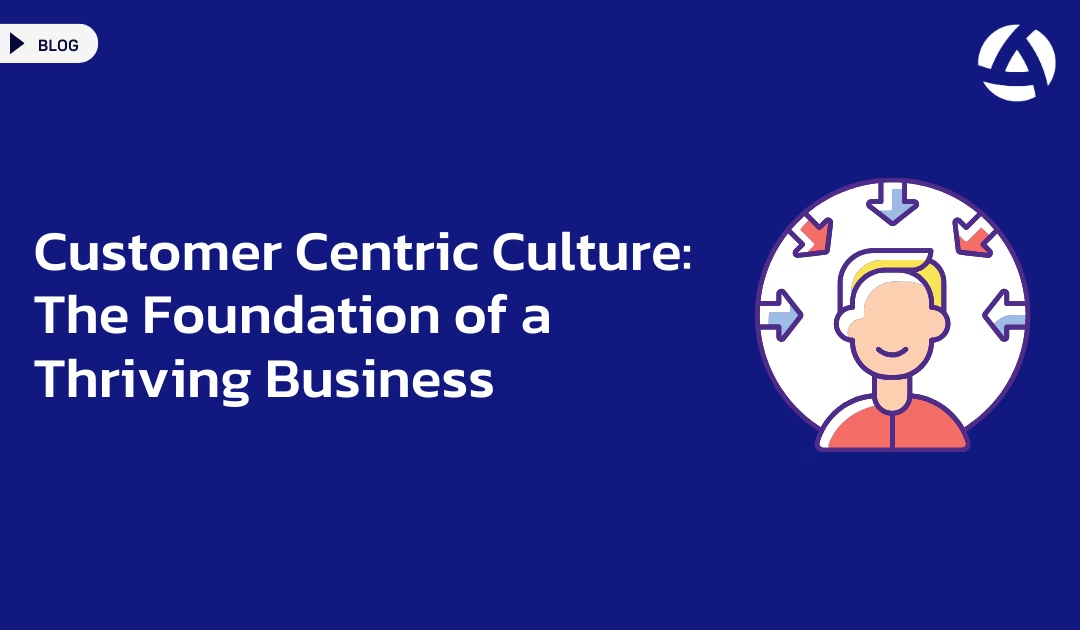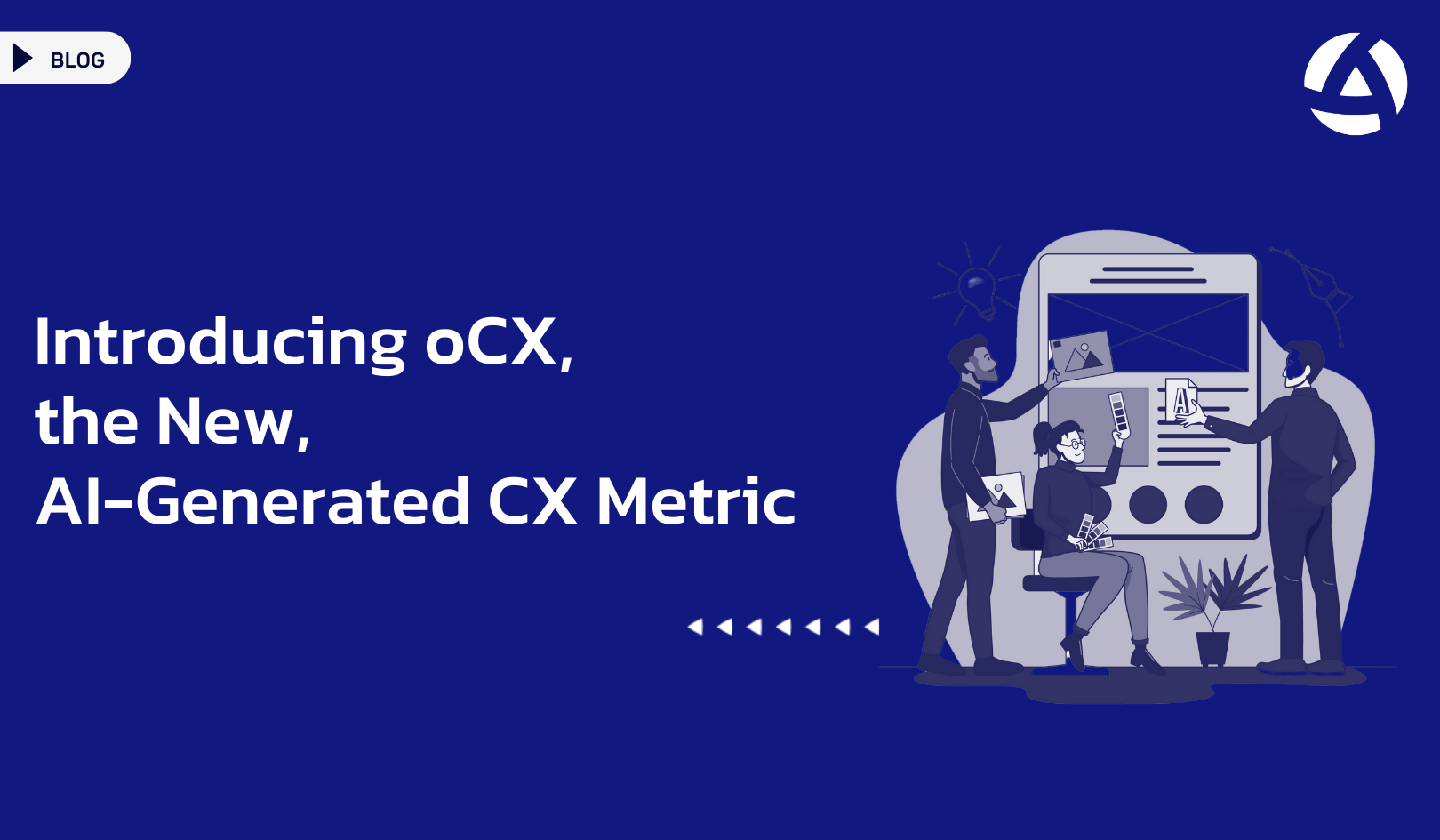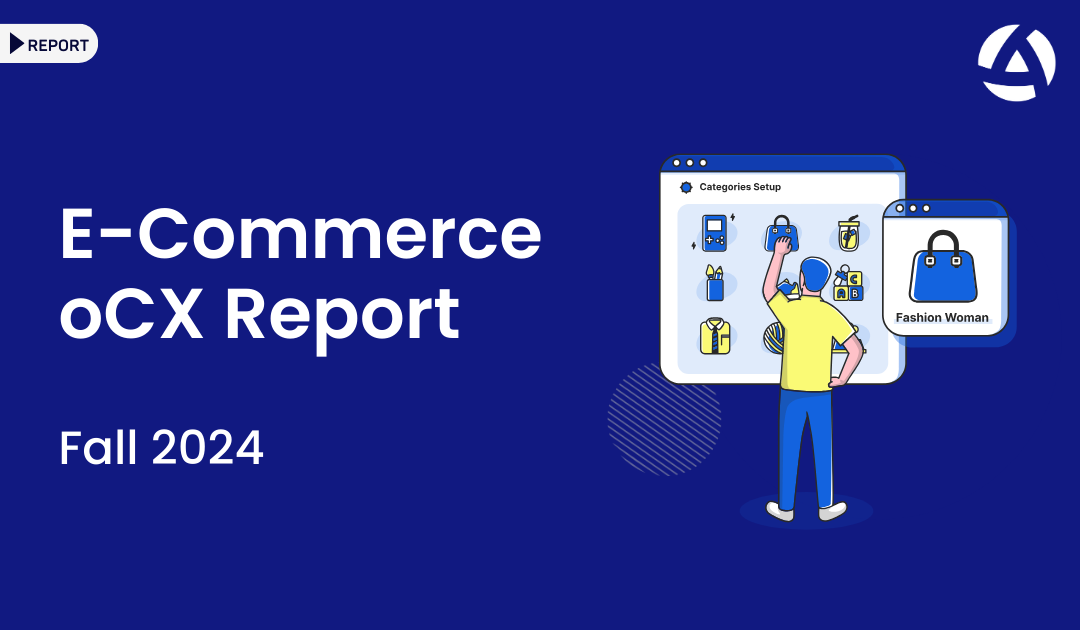Customer feedback contains valuable information that businesses need to understand and act upon. However, making sense of thousands of comments, reviews, and survey responses can be overwhelming. This is where topic analysis comes in – a powerful technique that helps companies identify patterns, trends, and emerging issues within customer feedback. By automatically categorizing feedback into meaningful topics, businesses can quickly understand what matters most to their customers.
What is Theme and Topic Analysis?
This analytical approach is an artificial intelligence technique that automatically identifies and extracts themes or topics from text data. Unlike simple keyword searches, this method understands context and can group related concepts together, even when they use different terminology. For customer experience teams, this means being able to process large volumes of feedback and organize it into actionable categories without manual sorting.
The technology behind this approach combines natural language processing (NLP) and machine learning algorithms to:
- Identify main themes and subtopics in customer feedback
- Detect relationships between different subject areas
- Track how themes change over time
- Measure the sentiment associated with each category
- Highlight emerging issues before they become widespread
Why This Analytical Approach Matters for Customer Experience
The sheer volume of customer feedback makes manual analysis impossible at scale. Consider a mid-sized business receiving 1,000 survey responses monthly, plus hundreds of social media comments, support tickets, and online reviews. Without automated text analysis, teams would spend countless hours reading and categorizing feedback, inevitably missing important patterns.
This approach transforms the process by:
- Saving time – Automatic categorization reduces analysis time from days to minutes
- Increasing accuracy – AI can detect patterns humans might miss across thousands of data points
- Removing bias – Systematic analysis ensures all customer voices are heard equally
- Enabling real-time monitoring – Businesses can track emerging issues as they happen
- Providing quantitative insights – Tracking theme frequency helps prioritize improvement efforts
Real-World Applications of Topic Analysis
Product Development and Improvement
When launching new products or features, topic analysis helps companies understand which aspects customers love and which need improvement. For example, a smartphone manufacturer might discover that while customers appreciate their new camera technology, they frequently mention battery life as a concern. This quantifiable feedback creates clear priorities for the next product iteration.
Service Quality Enhancement
For service businesses, topic analysis can identify specific touchpoints causing friction. A hotel chain might discover that while guests generally enjoy their stay, check-in processes and Wi-Fi connectivity appear frequently as pain points. This information allows them to make targeted improvements where they matter most.
Competitive Intelligence
Topic analysis isn’t limited to your own customer feedback. By analyzing reviews and social media mentions of competitors, businesses can identify comparative strengths and weaknesses. A food delivery service might discover that while their delivery times outperform competitors, packaging quality lags behind – creating a clear opportunity for improvement.
Crisis Management
When problems arise, topic analysis helps companies understand the scope and nature of issues quickly. If a software update causes unexpected problems, topic analysis can immediately show which features are affected and how widespread the problem is, enabling faster and more targeted responses.
Implementing Topic Analysis Effectively
Simply having topic analysis technology isn’t enough – businesses need to implement it strategically to get maximum value. Here’s how to make topic analysis work effectively:
1. Start with Clear Objectives
Define what you want to learn from your customer feedback. Are you focused on improving specific products? Identifying service issues? Understanding competitive positioning? Your objectives will guide how you set up your topic analysis system.
2. Combine Multiple Feedback Sources
The most valuable insights come from analyzing feedback across channels. Include:
- Survey responses
- Social media comments
- Customer support interactions
- Online reviews
- Chat logs
- Call center transcripts
Each channel provides different perspectives and reaches different customer segments. Combining them creates a more complete picture.
3. Use a Hybrid Approach to Topic Definition
The best topic analysis systems use both:
- Pre-defined topics based on business knowledge and priorities
- Emergent topics that the AI discovers organically in the data
This hybrid approach ensures you’re tracking known issues while remaining open to discovering new concerns.
4. Connect Topics to Business Metrics
Link topic trends to business KPIs to demonstrate impact. For example, track how improvements in topics related to website usability correlate with conversion rates, or how addressing topics related to product quality affects return rates.
5. Close the Feedback Loop
The most important step is acting on the insights. Create a systematic process for:
- Sharing topic analysis results with relevant teams
- Prioritizing issues based on frequency and impact
- Developing action plans for addressing top concerns
- Communicating changes back to customers
- Measuring the impact of improvements through ongoing topic analysis
Advanced Topic Analysis Techniques
As your topic analysis capabilities mature, consider these advanced applications:
Sentiment-Enriched Topic Analysis
Combining topic and sentiment analysis provides deeper insights. Rather than just knowing customers are discussing your checkout process, you’ll know whether those discussions are positive or negative, and how sentiments differ across customer segments.
Trend Analysis Over Time
Tracking how topics evolve reveals important patterns. Is a particular issue growing or diminishing? Did your recent product update successfully address concerns? Topic trending analysis answers these questions.
Predictive Topic Modeling
Advanced AI can predict which topics are likely to grow in importance based on early signals. This predictive capability helps businesses address emerging issues proactively rather than reactively.
Competitive Topic Benchmarking
Compare how frequently certain topics appear in your feedback versus competitors’. This comparison helps identify relative strengths and weaknesses in the customer experience you deliver.
Common Challenges with Topic Analysis
While powerful, topic analysis comes with challenges:
- Language complexity – Sarcasm, idioms, and industry jargon can confuse basic algorithms
- Setting appropriate granularity – Too broad, and you miss important details; too specific, and you lose the big picture
- Multiple topics in single comments – Customers often mention several issues in one piece of feedback
- Data quality issues – Spelling errors, abbreviations, and slang can affect accuracy
- Evolving terminology – The way customers describe issues changes over time
Advanced topic analysis systems address these challenges through continuous learning and refinement. They improve with more data and human feedback on their categorizations.
Measuring the ROI of Topic Analysis
Companies implementing topic analysis typically see benefits in multiple areas:
- Operational efficiency – Reduced time spent manually reviewing feedback (often 70-80% time savings)
- Issue resolution speed – Faster identification of problems leads to quicker fixes
- Customer retention – Addressing priorities improves satisfaction and reduces churn
- Product improvement – More targeted enhancements based on actual customer priorities
- Revenue growth – Better experiences lead to increased loyalty and word-of-mouth
To calculate ROI, track metrics before and after implementing topic analysis, including analysis time, time-to-resolution for issues, and changes in customer satisfaction scores for specific topic areas.
The Future of Topic Analysis
Topic analysis continues to evolve with advances in artificial intelligence. Emerging capabilities include:
- Multimodal analysis – Processing text, audio, and visual feedback together
- Real-time topic detection – Identifying emerging issues as they happen
- Causality analysis – Understanding not just what topics matter but why they matter
- Automated action recommendations – Suggesting specific improvements based on topic patterns
As these capabilities mature, topic analysis will become even more central to customer experience management.
Conclusion
Topic analysis transforms overwhelming volumes of customer feedback into clear, actionable insights. By automatically identifying what matters most to customers, it helps businesses prioritize improvements that deliver the greatest impact. In an increasingly competitive marketplace, the ability to quickly understand and act on customer feedback provides a significant advantage.
For businesses serious about customer experience, topic analysis isn’t just a nice-to-have technology—it’s an essential tool for listening to customers at scale and turning their feedback into meaningful improvements. The companies that master this capability will be better positioned to meet customer needs, address problems proactively, and build stronger, more profitable customer relationships.
Frequently Asked Questions
How is topic analysis different from traditional text analytics?
Traditional text analytics often focuses on keyword frequency and simple sentiment scoring, which can miss context and relationships between concepts. Topic analysis goes deeper by identifying themes and patterns that might use different terminology but relate to the same underlying issue. For example, comments about “waiting forever,” “slow service,” and “took too long” would all be grouped under a “speed of service” topic, allowing businesses to understand the true impact of this issue across all customer feedback.
What size business can benefit from topic analysis?
While enterprise companies with high feedback volumes see the most dramatic benefits, businesses of all sizes can leverage topic analysis. Small and medium businesses often find that even basic topic analysis helps them prioritize limited resources more effectively. The key isn’t necessarily the size of your business but rather the importance of customer experience to your competitive strategy. If understanding and improving CX is a priority, topic analysis provides valuable insights regardless of your company size or feedback volume.




